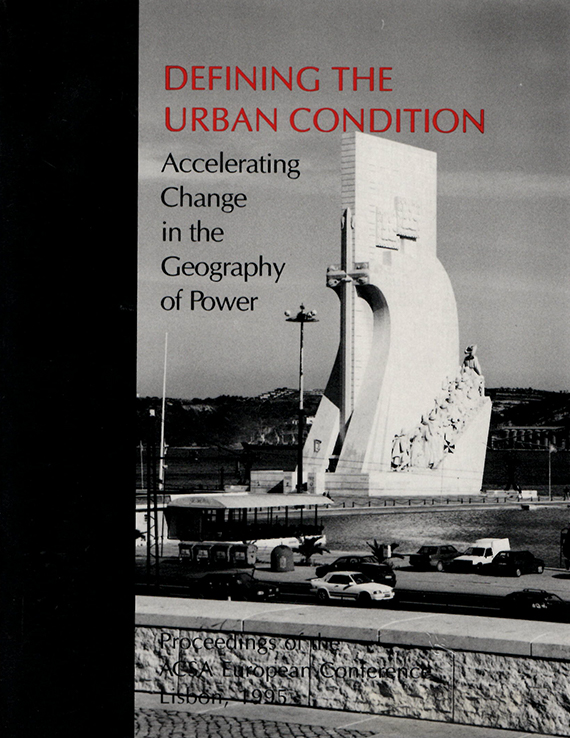Author(s): Ralf Weber, Yun Choi & Lawrence Stark
The project represented an initial attempt to record how the visual experience of architecture is influenced by various formal-geometric characteristics such as size, contrast, direction, symmetry, closure, etc., and how these factors may alter individual visual scan paths and affect awareness and appreciation of architectural designs. Results indicate that the eye does not trace shapes completely, but focuses on the overall arrangement of visual centers, major masses, and on objects with distinct formal differences from the overall set. Elements indicating spatial depth such as vistas receive special attention. There is a clear preference for the left area of a space. Redundant elements draw less attention than solitary shapes. Vertically and horizontally oriented objects are explored less than obliquely oriented shapes. More work using the methods of this study might provide important findings in the following three areas: scientific analysis of certain characteristic properties of architectural form and space long described by writers on architectural aesthetics; exploration of discrepancies in the perception of two-dimensional and three-dimensional representations of architectural form and space in the design process; and an evaluation of differences in the perception of architectural form and space by architects and non-architects.
https://doi.org/10.35483/ACSA.Intl.1995.32
Volume Editors
John K. Edwards

 Study Architecture
Study Architecture  ProPEL
ProPEL 
